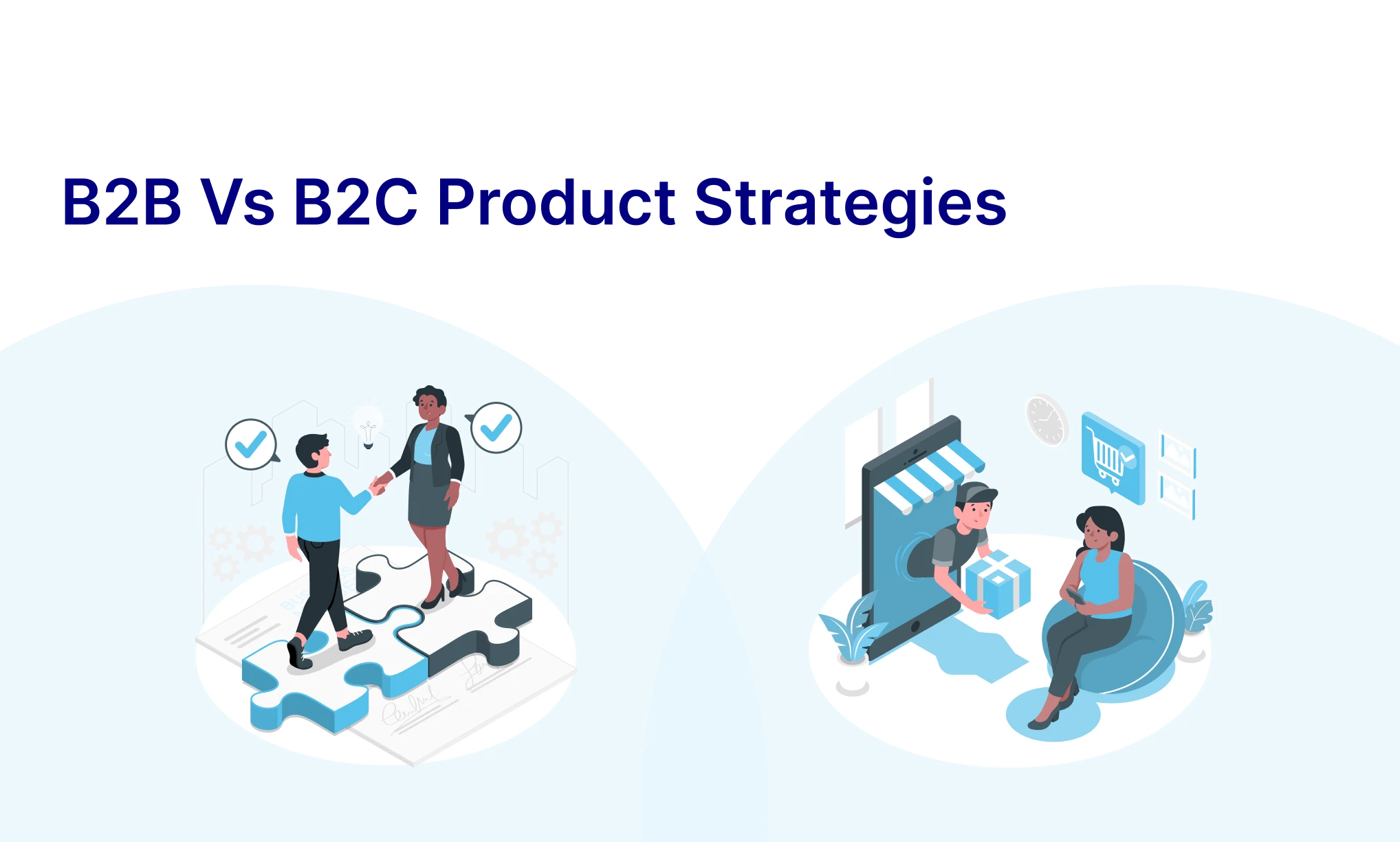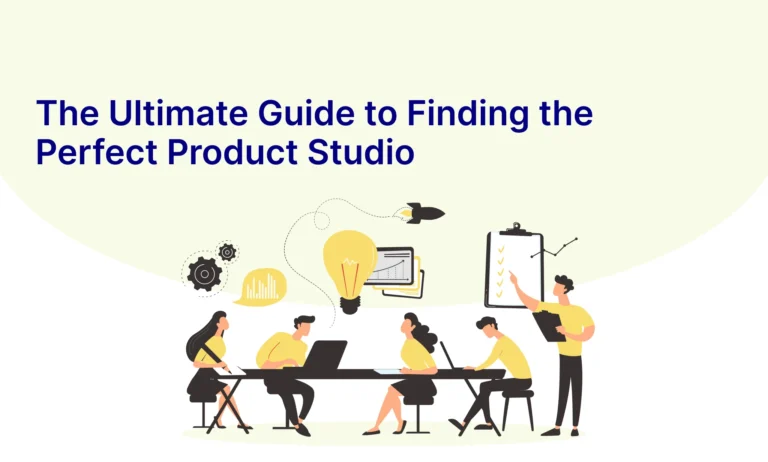Table of Contents
Serving B2B and B2C enterprises enormously affects how the product is built. The principles of Product management remain the same but when coming to solving user problems and aligning them with business outcomes, they differ significantly.
There are various factors contributing to the differences in product strategies.
Customer’s Influence
In B2B, it is quite common for one customer to need a specific feature based on the business requirements and if the customer is either sponsoring or accounts for a good percent of the Product’s revenue, then the request for the feature should be taken up and it is hard to say No.
In B2C, the case of a single customer accounting for a good percent of the revenue is rare and we seldom see scenarios where adjustments were made to a product based on a single user’s request.
Market Research and Consumer
In B2B, to understand the preference behaviors and challenges of the business, Discovery sessions with the clients and the key stakeholders are held, and based on the inputs the product is built.
In B2C, to understand individual consumers’ preferences, behaviors, and pain points, Market Research is conducted to identify the trends and consumer insights.
Predictability
B2B Products are more predictable when compared to B2C. In the case of B2B, the enterprises are usually predicted as the Key Stakeholders or the clients have already a clear understanding of their needs and requirements.
B2C Products are less likely to be predictable as they reach a varied audience with a great difference in the thinking process
Approach to Sales
In B2B, sales involve nurturing long-term relationships with multiple interactions before a purchase
In B2C, it is more transactional and driven by impulsive decisions. hence the emphasis on persuasive and emotive advertising.
Branding and Positioning
B2B branding often focuses on reliability, trust, and value proposition. It’s all about painting a picture of a trusted partner who can deliver results.
But for B2C, it’s about connecting on a personal and emotional level, creating a story that resonates with the consumer’s lifestyle or aspirations.
Contractual Agreements
B2B transactions may involve long-term contractual agreements, which require careful negotiation and legal considerations.
But for B2C, it’s mostly about the users accepting a common and standard list of Terms and Conditions which does not imply any negotiations
Buying CYCLE
The time it takes for a consumer to buy is often dramatically shorter than a business because there are far fewer decision-makers or stakeholders involved. It’s worth remembering that some large consumer purchases, such as furniture or a home, may have a longer sales cycle, however.
For the most part, B2B buying cycles will be longer than B2C buying cycles. Know what your average buying cycle is and design your digital marketing accordingly.
Satisfy Several Stakeholders
Selling to other businesses takes time, as there are many more people they need to cater to. In fact, the people who might understand the product the best may not be the people paying for it.
B2B marketing requires a tailored, multi-step marketing plan specific to each stakeholder. Find ways that the product can fit into the company’s upcoming strategic goals, and make sure you understand the prospect’s complex procurement process.
This helps to create content that’s unique to each stage of the buying cycle. Consider presenting user cases that demonstrate the long-term value of the product or the way the product can benefit multiple parts of the customer’s business.
B2C is mostly developed to benefit a larger audience rather than the tailored needs of each individual
Customers Focus on Features or Usability
While each buyer is unique, and there’s no hard-and-fast rule on what people prioritize, B2B buyers do tend to focus on features, whereas B2C buyers tend to focus on usability.
For B2B products, buyers tend to look for certain features. For instance, does this product integrate with other software in my tech stack? Can they export data to pull into their analytics dashboards? As a result, there may be some things you build where the KPI is influenced by pipeline, rather than product adoption.
For B2C customers, usability is everything. If they cannot adopt the product because it’s not easy to use, they’ll stop using it—and stop paying for it. That is the reason why B2C product managers focus more on UX and quality-of-life improvements than on complex.
The Number of Release Cycles
B2B products often have fewer release cycles when compared to those B2C products.
For B2B the updates require significant changes around the organization. The marketing website needs to be updated to reflect the new features, onboarding needs to be updated to reflect UI changes, etc.
B2B product managers also need to consider how a release will impact a customer’s workflow
Conclusion
There can be a huge difference in the product strategies of B2B and B2C product cycles. But they follow the same common principles of Product Management like Value Proposition, Product Quality, Market Research, User Experience, Pricing, Marketing and Promotion, and Customer Support. Successful product strategies in both domains require a deep understanding of these differences and commonalities and tailored approaches to meet the unique needs of the market.








